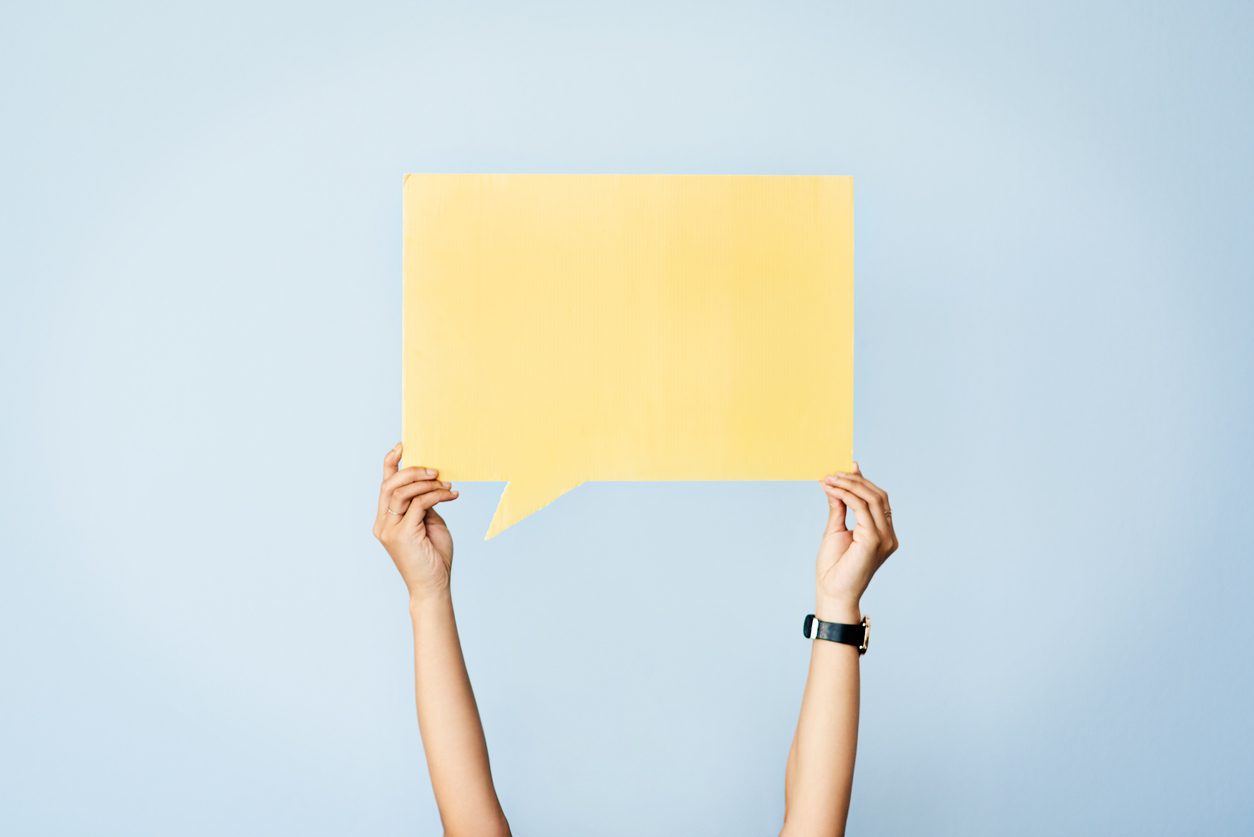In moments of major cultural shifts, brands rush to be the first to do something bold. In that rush, it can be easy to forget that we are all part of a human experience – and coronavirus is one of the first global human experiences we will share in our lifetimes.
While brand communications and strategies aren’t always shared globally, the way brands show up in our feeds, on our phones and in our lives right now will be, and the stakes are high. Here are a few things to keep in mind as we navigate through our “new normal” as brand marketers.
Find ways to be useful, if you can.
Brands are well-positioned to influence and impact people during this time, but there needs to be an authentic strategy to do it well.
The first successful strategy we are seeing comes in the form of sacrifice; by offering up free services, free access or free time. Google is offering the advanced version of Hangouts Meet through July 1 to educators and students for long distance learning. Distilleries across the US are making and giving away hand sanitizer since the first batch of alcohol they produce cannot be ingested. Supermarket chains across the globe have created space and time for customers over 60 to shop that coincide with their cleaning schedules, and the list goes on. Companies are even hosting communal meditations for employees and customers alike (Hotwire is also offering free sessions to our clients).
In short, they are thinking outside the box in order to add value to their customers’ lives.
The second strategy that brands are implementing is putting their money where their mouths are. Brands are finding ways to minimize the economic impact that will surely have a longer tail than the virus itself. Now more than ever, if you want to understand a brand’s purpose, follow the money – not the press. For example, Alibaba’s Hema grocery store unit hired 2000+ employees from suspended restaurant chains to help meet surging demand for deliveries. American Express is working with customers to find solutions that include waiving late and return check fees, waiving interest charges, reducing monthly payments and reducing interest rates for an extended period of time. The brands who are figuring out how to help their customers get what they actually need right now, in real time, are the ones who will find themselves in people’s favor for years to come.
Live the brand, with caution.
What business leaders do in times of crisis will be remembered not only by their customers, but their employees. Many business leaders are taking a forward-leaning and proactive approach to living their values.
For example, companies are extending sick leave and creating other opportunities to benefit their employees. Retailers like Levi’s, Apple and LUSH have pledged to pay their employees during store closures. Mark Cuban Companies are reimbursing employees for any lunch or coffee purchased form local, independent small businesses in the community. Brands that are in direct competition – AT&T, Comcast, Cox, T-Mobile, Verizon and Sprint – all signed a pledge with the FCC to avoid interruptions for small businesses who cannot pay in the next 60 days. These are all undeniably human responses.
There are also the brands that we need right now, like Lysol, Purell, Netflix and others who are benefitting from “social-distancing” and hand-washing reminders. These brands are seemingly doing your average commerce-driven marketing – but that is it. They are staying away from creating communications that connect more directly to COVID-19, other than the obvious. Why? Because if being completely self-serving wasn’t part of a brand’s values before the outbreak, it shouldn’t be now.
It is okay to be quiet.
At our best, brands and the people behind them are among the most trusted sources of information and updates when it comes to news around the coronavirus, ahead of the government and only behind the healthcare profession. Remember when your mom told you if you don’t have something nice to say, don’t say it all? This is one of those moments.
My inbox was flooded by brands sending messages about what they are doing at this time of crisis, many of which didn’t include anything of substance. As a consumer, a marketing professional, and a human, it felt like the bandwagon effect in the worst way.
COVID-19 is at the forefront of everyone’s mind, and stress and anxiety are high. If you aren’t being helpful, changing how to live the brand for good, or an expert or healthcare professional, stop with the unnecessary commentary. As marketers there are better things we can be doing right now.
Here is a simple reminder: good strategy means knowing when to lean into the conversation just as much as knowing when to be quiet.
Overall, there is no playbook for times like these, because they are unprecedented for modern marketing. If I am being completely honest, it feels navel-gazey and superficial to be writing about brands, rules, behavior and the like during a pandemic. But the truth is that one of the best tools we have to keep the global economy moving is effective marketing. It is an important expression of the overall economic equation that keeps workers paid and families fed. So, as we navigate this “new normal,” remember to first be human, second, do or be something good, and if you can’t do either of those things, then just be quiet.
For more on this new normal, check out the resources in our HotComms Toolkit.
